The ability to 3D scan, preserve and ultimately copy a piece of history is undoubtedly one of the best uses for the technology.
Designers at California-based company Studio FATHOM focused on advanced technology combined with a specialization in 3D writing and additive manufacturing; They worked with other companies around San Francisco to recreate Michelangelo’s famous Pieta, along with 27 other works by Renaissance masters.
During the partnership – which also includes metal casting company Artworks Foundry and 3D scanning company Scansite – a limited number of flawless reproductions of Michelangelo’s artwork can be produced almost from another side of the world. The experts from these three companies will create one of the most advanced 3D copying projects ever completed.
While sculptors have been using the same stereotypical metal casting techniques for centuries, the combination of 3D scanning and printing offers a more seamless and sustainable way to reproduce the classics.
“Now we have the ability to reproduce something that stays pretty faithful to the original piece,” says Piero Mussi, founder of the Artwork Foundry. “And that has never been done in the past.” After 40 years of using the lost wax technique he learned from metalworkers in Italy, Mussi has combined 3D scanning and 3D printing. He sees it as one of the most remarkable developments of centuries. Although Mussi uses his traditional methods in production, his ability to preserve details and reproduce them using 3D technology has led him to support 3D technology. “We have a really good reproduction,” Mussi said. “No artist can do that. Only technology can do that.”
Scansite is responsible for collecting scan data from the original casting before processing the data into point clouds and the 3D model. After completing the final files, they give them to Fathom, who uses the 3D printer to create the models. Once the models are 3D printed, they hand them over to Musi and the Artworks Foundry, who will use them to make candle molds. Candle molds are finally used in the lost wax casting process to recreate bronzes. This process has remained unchanged for thousands of years, although it is currently used in conjunction with modern 3D scanning and 3D printing technologies.
Throughout the United States, identical bronze castings are available in Berkeley, California; thanks to the blended use of highly advanced manufacturing technologies, the perfection of the replicas is unprecedented.




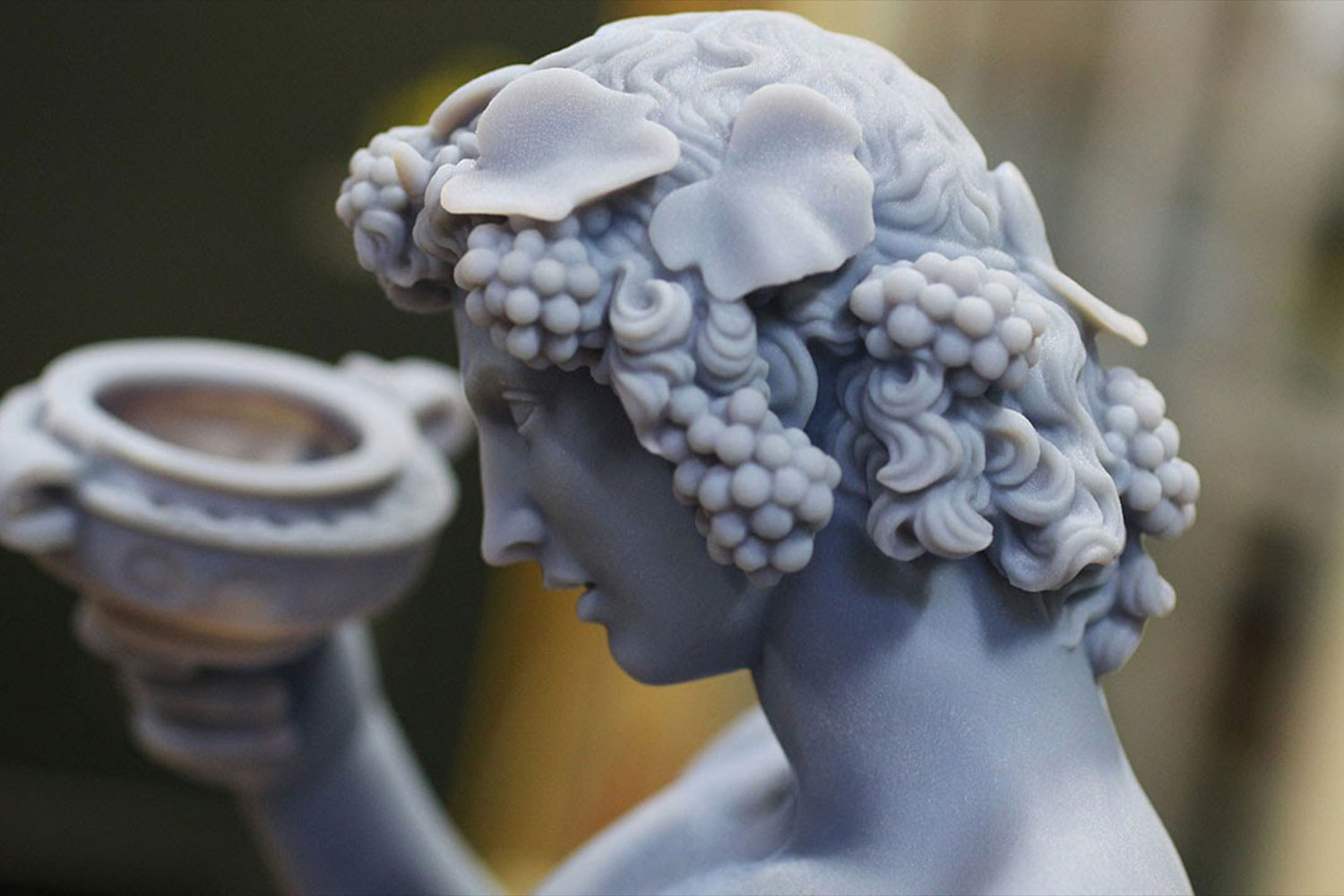
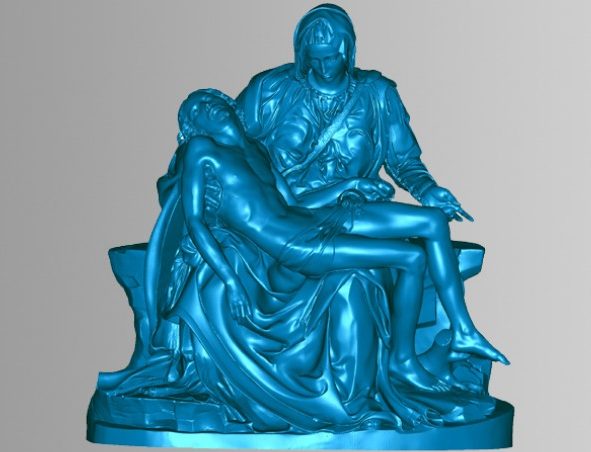
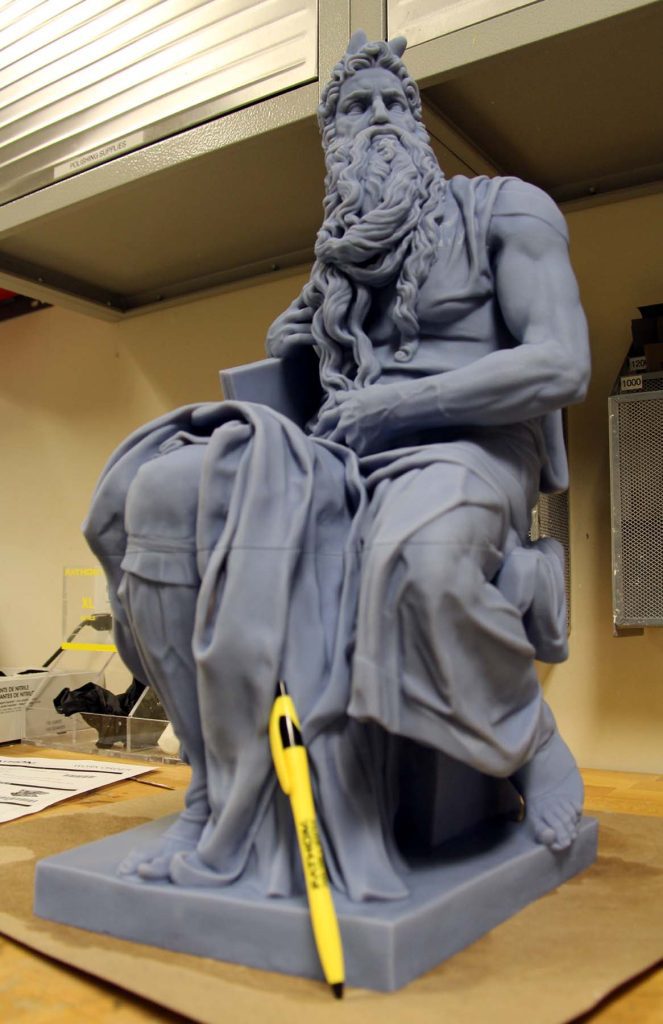
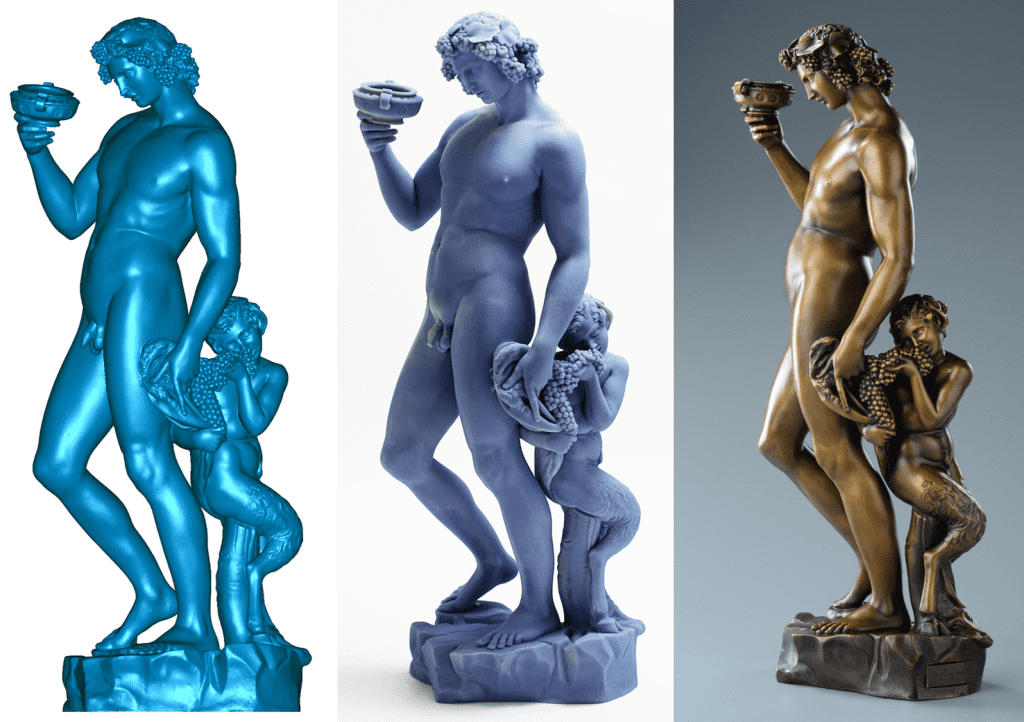
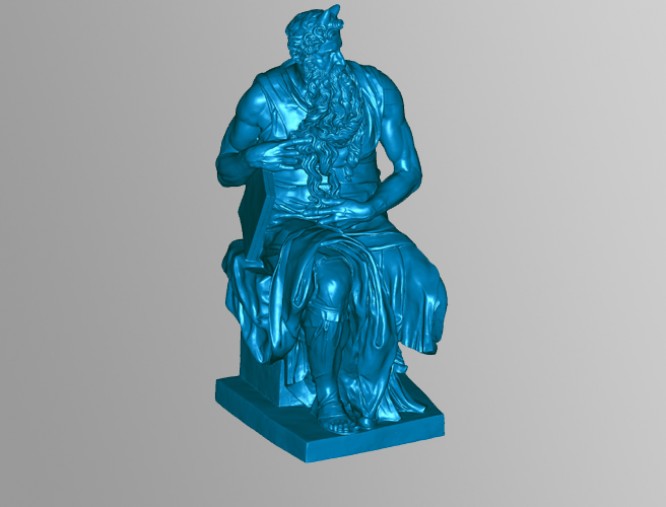
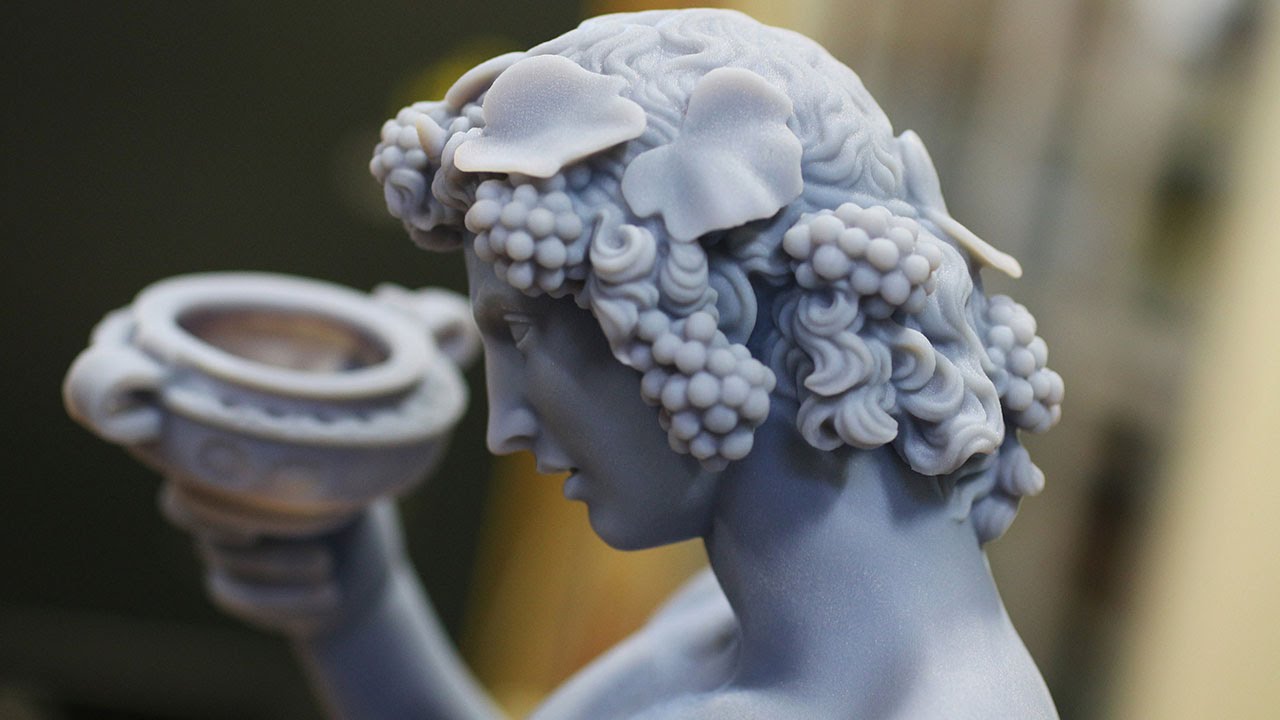














Leave a comment